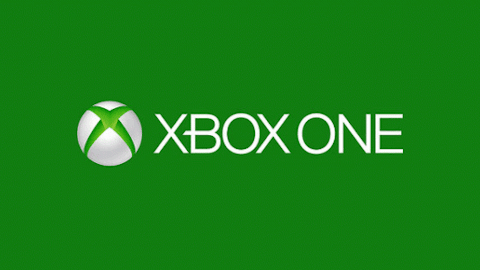Samsung announced a new tablet on Thursday. The device, named the ATIV Q, is a convertible tablet/Ultrabook hybrid that runs both Microsoft Corporation (NASDAQ:MSFT)’s Windows 8 and Google Inc (NASDAQ:GOOG)’s Android.
Samsung hasn’t announced the machine’s cost. Given its specs, it will probably be well over $1000. And on that fact alone, it’s unlikely to sell particularly well. Still, the device’s existence demonstrates the challenges Microsoft Corporation (NASDAQ:MSFT) continues to face with Windows 8.
The ATIV Q
The ATIV Q boasts a super high definition screen (better than Apple Inc. (NASDAQ:AAPL)’s Retina display) and an Intel i5 processor. It runs full Windows 8, but is lighter and thinner than Microsoft Corporation (NASDAQ:MSFT)’s Surface Pro. However, unlike the Surface Pro, the keyboard is not detachable, but the screen can be folded over to give a full tablet experience.
But its most notable feature is definitely the dual operating system. With the exception of iOS-only software, owners of the ATIV Q will be able to run just about any application out there.
And switching between the two operating systems can be done on the fly. You can even access an Android application directly from Windows 8 and vice-versa.
Microsoft’s floundering tablet strategy
Although I still think Microsoft has a chance (however slim) of becoming a player in the tablet market, the ATIV Q throws that notion into doubt.
The biggest problem with Microsoft Corporation (NASDAQ:MSFT)’s tablet strategy is the lack of apps in the Windows app store. Apple Inc. (NASDAQ:AAPL)’s iPad has nearly 500,000 apps available to it, whereas the Surface RT has about 60,000.
For tablets running full Windows 8 (like the Surface Pro) this is not so much a problem, simply because these tablets can run traditional PC applications. However, most PC applications were not designed with a touch-screen in mind, making them less tablet friendly than mobile apps.
It’s highly likely that users of the ATIV Q will use Android while in tablet mode, and in laptop mode, they’ll switch to Windows 8. Although Android still lags iOS, it’s far better than Windows in terms of available mobile apps.
The fundamental problem with Windows 8
But wait a minute, isn’t that exactly what Windows 8 was designed for? With Windows 8, Microsoft Corporation (NASDAQ:MSFT) was attempting to create an operating system that could bridge the gap between the desktop and mobile worlds. An operating system that could suit the needs of both tablet and non-tablet users.
As I’ve written in the past, Microsoft Corporation (NASDAQ:MSFT) has failed in that regard. And the ATIV Q is just further proof of that failure. Rather than relying on the mobile features of Windows 8, Samsung is bringing in Android to fill in the gaps.
Will Android overtake Windows?
Research firm Gartner has predicted that Android will overtake Windows by 2017. In terms of mobile devices, Android already has a commanding share of the market, and given that it’s open source, it should continue to maintain that dominance for the foreseeable future.
If Microsoft has any shot of taking a piece of the mobile market from Google Inc (NASDAQ:GOOG), it would be on the power of Windows 8’s hybrid features. Steve Ballmer, in an interview with Walter Mossberg, once laid out Microsoft’s view of the world.
Ballmer explained that, when you get right down to it, most people can’t afford to own several different devices. Rather, they need one device that’s capable of satisfying all their computing needs.
Hybrid tablets running Windows 8 (like the Surface Pro) are intended to be a fulfillment of that vision. In theory, such a device should be able to satisfy the needs of both a tablet and a laptop.
And yet, that does not appear to be the case. If it was, Samsung would not have to merge Android with Windows 8.
The future of Microsoft’s mobile strategy
Samsung’s ATIV Q might not set any sales records, but it is a symbolically important device. By bringing Android in to compliment Windows 8, Samsung is clearly showing its lack of faith in Microsoft’s mobile strategy.
If Microsoft Corporation (NASDAQ:MSFT) has any hope of salvaging that strategy, it needs to get more developers coding for the Windows app store. Until then, the lack of software will result in poor sales for Windows-only tablets.
The article Samsung’s Newest Tablet Is a Symbol of What’s Wrong With Windows 8 originally appeared on Fool.com and is written by Salvatore “Sam” Mattera.
Salvatore “Sam” Mattera has no position in any stocks mentioned. The Motley Fool recommends Google. The Motley Fool owns shares of Google and Microsoft. Salvatore “Sam” is a member of The Motley Fool Blog Network — entries represent the personal opinion of the blogger and are not formally edited.
Copyright © 1995 – 2013 The Motley Fool, LLC. All rights reserved. The Motley Fool has a disclosure policy.






